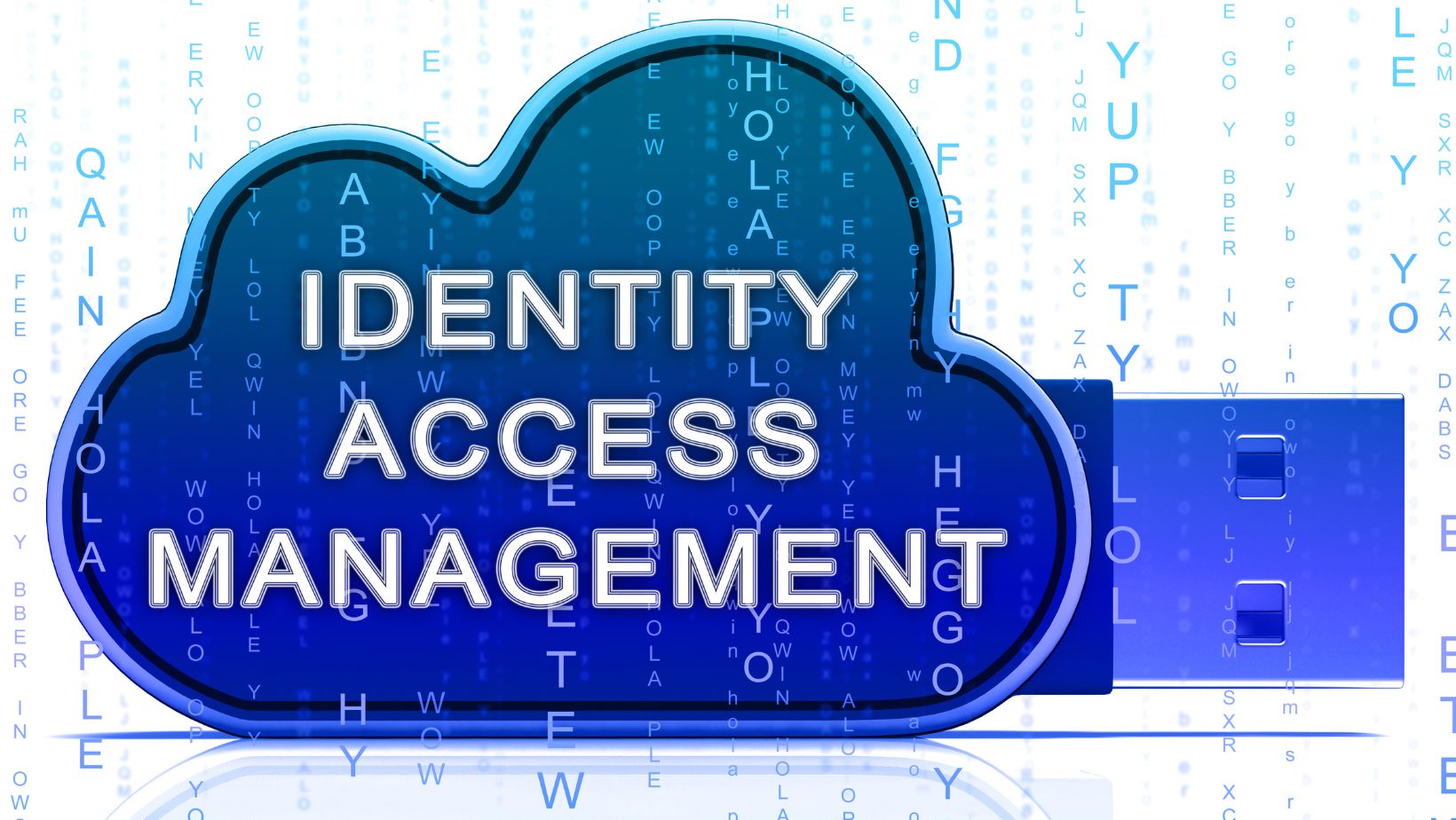Effective Identity and Access Management for Reducing Security Risks and Simplifying Compliance

In today’s digital world, protecting sensitive data and ensuring access control has become increasingly critical for organizations. Whether it’s securing employee login credentials, customer information, or proprietary business data, robust Identity and Access Management (IAM) is essential for safeguarding an organization’s assets. The rise in cyber threats and the need for compliance with various regulations have made IAM an indispensable part of an organization’s IT strategy.
This article dives into the importance of effective IAM practices in reducing security risks and simplifying compliance. We will also explore how IAM consulting can assist organizations in building robust access control systems, managing identities securely, and meeting regulatory requirements efficiently.
What Is Identity and Access Management (IAM)?
Identity and Access Management (IAM) is a framework of policies, processes, and technologies that enables organizations to securely manage digital identities and control user access to resources. IAM ensures that the right individuals have the right level of access to technology resources at the right time. Effective IAM involves:
- Authentication: Verifying the identity of users, devices, or systems.
- Authorization: Ensuring users have appropriate permissions based on their roles.
- Audit and Monitoring: Tracking user actions and access to maintain security and compliance.
IAM helps reduce the risk of data breaches, enhances operational efficiency, and ensures that organizations meet compliance standards such as GDPR, HIPAA, and more.
The Need for Effective IAM in Reducing Security Risks
As organizations expand, so do the complexities of managing identities and access. Security risks associated with improper access control can lead to significant financial, operational, and reputational damage. Let’s explore some of the key risks that effective IAM practices help mitigate:
1. Unauthorized Access
Unauthorized access occurs when an individual gains access to sensitive data or systems without proper authentication or permission. This is one of the most common security breaches that IAM solutions aim to prevent. Implementing strong multi-factor authentication (MFA) and role-based access control (RBAC) can significantly reduce the chances of unauthorized access.
2. Privilege Escalation
Privilege escalation occurs when a user with basic access rights exploits a system vulnerability to gain higher-level access. This can lead to security breaches and the misuse of sensitive data. IAM helps in preventing privilege escalation by ensuring that users have only the access they need to perform their job, following the principle of least privilege (PoLP).
3. Data Breaches and Leaks
Data breaches are often caused by compromised credentials or poorly managed access permissions. Implementing IAM protocols ensures proper access control and encryption, reducing the risk of data leakage or cyber-attacks that target vulnerable identities.
4. Employee Turnover
Managing access rights becomes more complicated when employees leave an organization. Without a proper IAM system in place, former employees may retain access to systems, putting the organization at risk. IAM ensures that access rights are promptly revoked when an employee leaves, minimizing the risk of unauthorized access.

5. Insider Threats
Insider threats are often harder to detect because they come from within the organization. Employees, contractors, or third-party vendors can intentionally or unintentionally misuse their access rights. By continuously monitoring and auditing user activities, IAM can identify unusual access patterns that could indicate malicious behavior.
How IAM Helps in Simplifying Compliance
For organizations operating in regulated industries, compliance with data protection laws is not optional. IAM plays a pivotal role in simplifying the process of achieving and maintaining compliance with various industry regulations such as GDPR, HIPAA, and PCI-DSS.
1. Centralized Identity Management
Compliance regulations often require organizations to have centralized control over employee access to sensitive data. IAM allows for a unified view of all users, their roles, and access privileges, making it easier to ensure compliance with policies regarding user access.
2. Audit Trails and Reporting
Effective IAM provides organizations with detailed logs of who accessed what data, when, and why. These audit trails are invaluable for regulatory reporting and ensuring that compliance requirements are met. In the event of an audit, IAM systems can generate comprehensive reports, showcasing that access controls are being followed diligently.
3. Automated Access Control
Many regulations require organizations to grant and revoke access to data or systems promptly. Manual processes can be prone to error or delay, leading to compliance gaps. IAM automates the process of managing user access, ensuring that the organization remains compliant with access control standards at all times.
4. Separation of Duties
In compliance-sensitive environments, the separation of duties (SoD) is essential to prevent fraud and abuse. IAM systems can help enforce SoD by ensuring that no individual has conflicting responsibilities, such as both approving and executing financial transactions.
5. Identity Lifecycle Management
Compliance regulations often require organizations to manage the entire identity lifecycle, from onboarding new employees to revoking access when they leave. IAM automates this process, reducing the administrative burden while ensuring that all compliance standards are adhered to.
The Role of IAM Consulting in Building Effective Solutions
While IAM is critical to reducing security risks and ensuring compliance, implementing and managing IAM systems can be complex, especially for large organizations or those with diverse IT environments. This is where IAM consulting comes into play.
IAM consulting firms specialize in helping organizations design, implement, and maintain IAM solutions tailored to their unique needs. By partnering with an IAM consulting firm, organizations can leverage expert guidance to ensure that their access management systems are both secure and compliant. Let’s look at the role IAM consulting plays in building effective IAM solutions:
1. Assessing Organizational Needs
An IAM consultant will assess the organization’s current IAM processes and security posture. They will conduct a thorough audit to identify gaps in access control, authentication, and compliance. This assessment helps determine the appropriate IAM framework and tools needed to address security risks and regulatory requirements.
2. Designing and Implementing IAM Systems
An IAM consultant will help design a tailored IAM system that meets the organization’s specific needs. This includes selecting the right technologies for authentication, authorization, and auditing, as well as setting up role-based access controls and integrating IAM tools with existing IT infrastructure.
3. Ensuring Compliance
IAM consultants are well-versed in compliance requirements and regulations. They can help organizations implement IAM policies that align with industry standards such as GDPR, HIPAA, and PCI-DSS. Consultants can also assist in creating and maintaining audit trails, which are crucial for regulatory reporting.
4. Training and Support
Once the IAM system is in place, IAM consultants provide ongoing support and training to ensure that employees can effectively use the system. They also offer guidance on best practices for maintaining security and compliance, such as periodically reviewing access permissions and ensuring proper identity verification.
5. Managing Change and Scaling IAM Solutions
As organizations grow and evolve, their IAM needs change as well. IAM consultants help organizations scale their IAM systems to accommodate new users, applications, and business functions. They also assist with adapting to emerging threats and changing regulations, ensuring that the IAM system remains effective over time.
Key Benefits of IAM Consulting
- Expertise and Best Practices: IAM consultants bring a wealth of experience in designing and implementing secure and compliant IAM systems.
- Customized Solutions: IAM consultants tailor the solution to fit the unique needs and complexities of the organization.
- Cost-Effective: Partnering with an IAM consulting firm helps organizations avoid costly mistakes and inefficiencies by leveraging expert advice.
- Faster Deployment: With their expertise, consultants can speed up the deployment process, helping the organization achieve a secure and compliant IAM system more quickly.
- Ongoing Support: IAM consulting firms provide continuous monitoring and updates, ensuring that the IAM system evolves with the organization’s changing needs.
Conclusion
Identity and Access Management (IAM) is a fundamental component of any organization’s security and compliance strategy. By effectively managing digital identities and controlling access to sensitive resources, IAM helps reduce security risks, mitigate the chances of data breaches, and ensure compliance with regulatory requirements. IAM consulting plays a vital role in helping organizations implement, manage, and scale IAM solutions that are both secure and compliant.

For organizations looking to bolster their IAM systems, partnering with an expert IAM consulting firm is a strategic move. With the right consulting support, businesses can streamline access control, improve security, and simplify the compliance process, all while ensuring that sensitive data remains protected.
Effective IAM is not just about preventing unauthorized access; it’s about building a robust foundation for secure digital transformation. By investing in IAM today, organizations can safeguard their future and avoid the potential risks and costs associated with poor access management.

 Embedtree Games Software: Level Up Your Gaming Experience
Embedtree Games Software: Level Up Your Gaming Experience  Improve Software HCS 411GITS: Unlocking Its Full Potential
Improve Software HCS 411GITS: Unlocking Its Full Potential  Embedtree Games And Software: Elevate Your Gaming Experience
Embedtree Games And Software: Elevate Your Gaming Experience